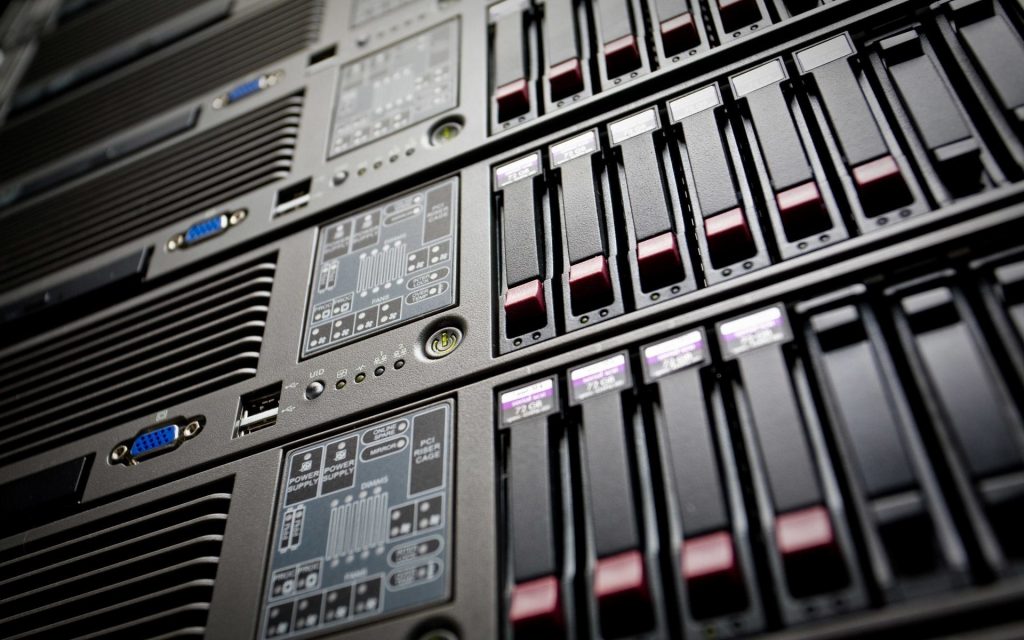… [Trackback]
[…] Find More here to that Topic: blog.neterra.cloud/en/what-is-the-difference-between-redundancy-and-backing-up/ […]

If you have even one digital device, you’ve heard the plea “back up your data, please”. When you have a website or operate a dedicated server for example, this plea becomes mandatory. But when you start diving into the world of data protection, things might start getting confusing.
For example, you may hear that data redundancy is the same thing as data backup. That’s not quite true. Yes, they have similar functions, but also some fundamental differences. Let’s check them out.
The backup is the most popular practice as it is more consumer-friendly and useful. A typical backup is basically just that – a place to store a copy of a file. Technically even attaching a file to an email is a form of backup as you can access that file at a later time if your main one is corrupted, deleted or modified improperly.
Backups are more suitable for the times when you just need to have a reserve copy of your data. For example, a backup copy of your website and database. You can use them to return the site to service if it breaks down after a faulty update.
Data backups are easier and cheaper. You can use a lot of storage options for a backup. From a local hard drive, to cloud-based services, there are plenty of options for any business and user.
It’s also relatively easier to set it up. There’s plenty of cheap and even free backup software, plus many platforms have built-in backup features. So it’s a no-brainer for any company (and even end-user) to invest in a backup solution according to their needs. It will save a lot of headaches in the case of malfunctions, software issues, ransomware attacks or other problems.
At its core, redundancy also makes a copy of your data at another place. But that’s where the similarities end. Redundancy adds on that feature with the ability to be a real-time mirror and ensure there’s no service downtime. For example, if the main hard drive fails, redundancy systems would kick in, bringing forth the spare drive which has the exact same data and continues the service delivery.
Data redundancy is useful for the times when you need absolute maximum uptime of your site, storage or other service. This makes it vital for online stores and other types of digital services that have to provide constant availability.
As such, data redundancy isn’t really needed for end-users unless they have very specific requirements. For most typical users regular backups are enough.
Setting up data redundancy systems is more expensive and complex than a simple backup solution. This is where the famous RAID setups come in. RAID 1 for example uses two drives at a minimum and they mirror each other. As such, you have only half the storage space. For RAID 5 you can have three or more HDDs. This gives you more space apart from one drive which will act as a failsafe if one of the rest flops.
This is why data redundancy isn’t your typical backup. If you want to be on the safe side, you’d also need a typical backup solution. This way you will be able to recover in the event of any data disaster.
… [Trackback]
[…] Find More here to that Topic: blog.neterra.cloud/en/what-is-the-difference-between-redundancy-and-backing-up/ […]
… [Trackback]
[…] Find More on that Topic: blog.neterra.cloud/en/what-is-the-difference-between-redundancy-and-backing-up/ […]
… [Trackback]
[…] Find More here to that Topic: blog.neterra.cloud/en/what-is-the-difference-between-redundancy-and-backing-up/ […]
… [Trackback]
[…] Find More Information here to that Topic: blog.neterra.cloud/en/what-is-the-difference-between-redundancy-and-backing-up/ […]